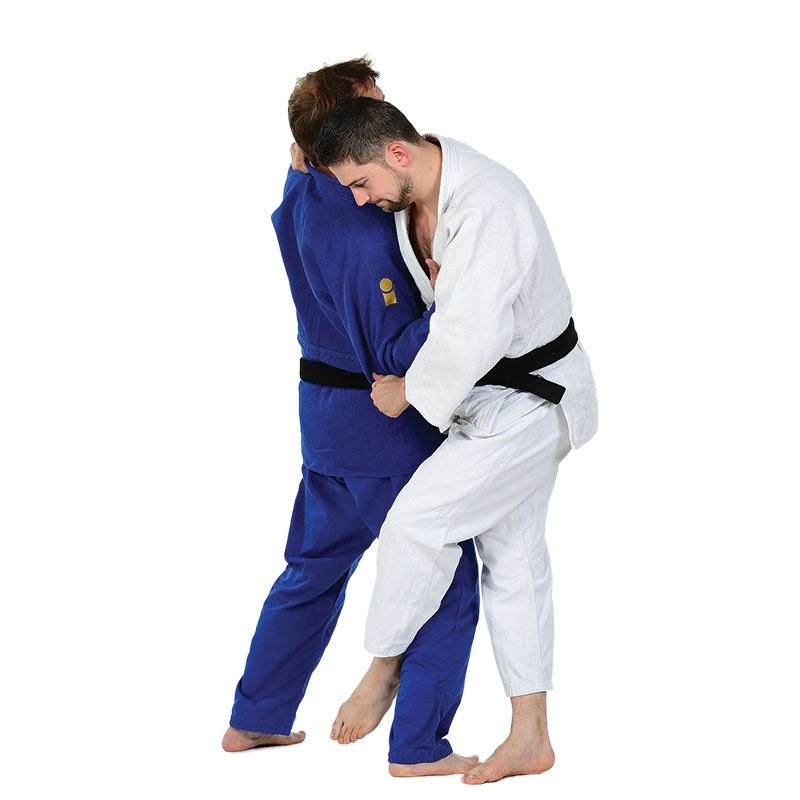Ko-soto-gake 小外掛
Small Outer Hook
Classification: Ashi-waza (leg technique)
Japanese meaning:
-
Ko = small
-
Soto = outer
-
Gake = hook
Technical Description
Ko-soto-gake is a leg technique that closely resembles Ko-soto-gari (small outer reap), yet differs significantly in execution. Instead of reaping uke’s leg in a sweeping arc, gake refers to hooking the leg and pulling or driving uke down and backward.
To perform Ko-soto-gake:
-
Break uke’s balance (kuzushi) towards their rear or rear-right corner.
-
Tori steps in diagonally, hooks uke’s right leg from the outside using their left foot, typically behind or just above the ankle.
-
Simultaneously, tori drives uke’s upper body backward using the pulling and pushing action of the arms.
-
The combined upper-body control and lower-body hook cause uke to fall backward and sideways.
Unlike Ko-soto-gari, this throw involves a trapping or hooking motion rather than a sweeping one, which creates a sticky, tight rotation—particularly useful when uke resists or pushes back.

Biomechanics of Ko-soto-gake
This technique functions as a couple (F1 + F2):
-
F1: Tori applies forward pressure on uke’s upper body, often eliciting a reflexive push back from uke (action-reaction).
-
F2: Tori then uses the opposite leg to hook uke’s supporting leg (usually uke’s right leg) from behind.
-
The opposing forces—pushing uke’s upper body backward while pulling the leg—cause uke to rotate and fall in a controlled manner.

Did You Know?
How do you spot a true judoka?
Check their hands and feet. A disciplined judoka keeps clean, trimmed nails—no long edges, no dirt. Why? Because long nails can act like blades, easily causing cuts or injuries to training partners. Cleanliness and hygiene are a reflection of respect and care, both core principles in judo.